I’m going to take you through a journey of understanding how our love for the water, specifically through kayaking, can impact the environment.
This isn’t just about the immediate splash as the paddle hits the water; it’s also about the deeper, more enduring waves that reach far into the ecosystem.
Wildlife Disturbance: The Unseen Consequences of Paddling
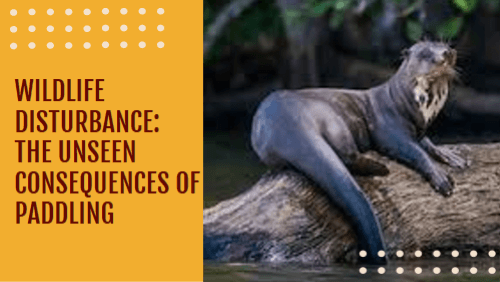
You’re going to find out about the subtle yet significant ways kayaking can influence the behaviors and habitats of wildlife. Paddling through waterways might seem benign, but our presence can disturb the natural activities of animals.
Imagine a scenario where a mother bird is scared away from her nest, leaving her eggs vulnerable. I’ll explain why maintaining a distance from wildlife is vital for their protection.
Feeding Faux Pas: The Dangers of Altering Animal Diets
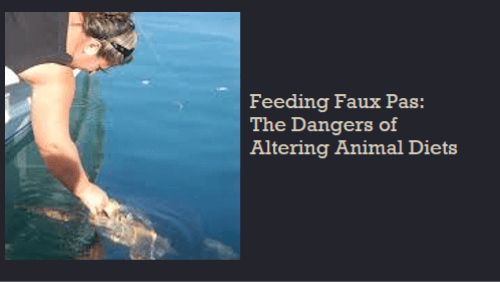
Feeding wild animals may feel like a friendly gesture, but I’ll delve into how it actually causes more harm than good.
Altering their diet can lead to disease, dependency, and even aggression. We’ll explore the impact of this behavior, which often goes unnoticed.
Trash Troubles: The Perils of Pollution in Our Waterways

Litter and debris in our waterways aren’t just unsightly; they pose a fatal threat to creatures like sea turtles, who may mistake them for food.
Through the lens of this section, I’ll help you see how every bottle, wrapper, and piece of fishing line has the potential to wreak havoc on aquatic life.
Sanctuary Spaces: Preserving the Breeding Grounds of Nature
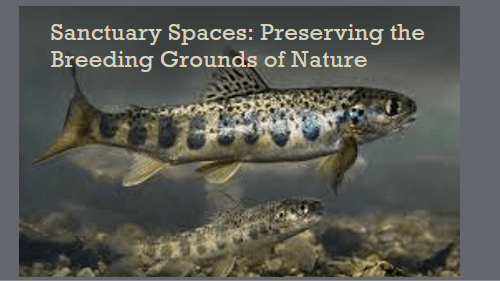
Lastly, I will underscore how critical it is to avoid disturbing the quiet havens where animals breed and nest. These sensitive sites are foundational for the survival of species, and kayakers have a responsibility to tread lightly—figuratively speaking—around them.
Conscious Paddling: Minimizing Our Environmental Footprint
Now, as we flow from the gentle paddle strokes of understanding into the nuts and bolts of action, the next section will lay out tangible ways to minimize our environmental footprint while kayaking. It’s about turning knowledge into action for the respect and preservation of the wild spaces we cherish.
Charting a Responsible Course: Minimizing Kayakers’ Environmental Footprint
You might wonder how a simple kayaking trip might affect the world around you. Well, here’s a look at some practical measures that can help minimize your environmental footprint while enjoying the serenity of the waters.
Plan Your Route and Campsite Responsibly

Planning your route and campsite to cause the least disturbance isn’t just sensible, it’s crucial for sustaining the beauty of the landscapes you’re there to enjoy.
Thoroughly Clean Your Gear Between Trips

No one likes uninvited guests – especially not ecosystems. That’s why it’s paramount to thoroughly clean your kayak and gear between trips. Dislodging every last piece of plant or insect from your gear can help prevent the spread of pests and invasive species. It’s not just about cleanliness; it’s about protecting the delicate balance of the environment you’re stepping into.
Use Established Campsites

If you’re planning to spend a night under the stars, use established campsites. Bringing a fuel stove can help you steer clear of the pitfalls of campfires. Remember, the local rules about fires are there for a reason, usually tied to the safety and preservation of the natural area. Follow them.
Pack Out All Your Rubbish
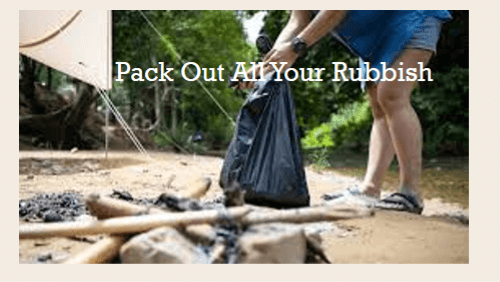
Pack out all your rubbish. It’s simple – if you brought it in, you take it out. From food scraps to sanitary products, leaving nothing behind helps ensure the wild remains just that – wild.
Sustainable Fishing Practices

For those who enjoy the added thrill of fishing from their kayak, making sure you’re doing it sustainably is a big deal. All it takes is obtaining the proper licenses and following local regulations. Only take what you need, and if you catch an undersized fish, return it promptly.
Travel During Non-Peak Periods
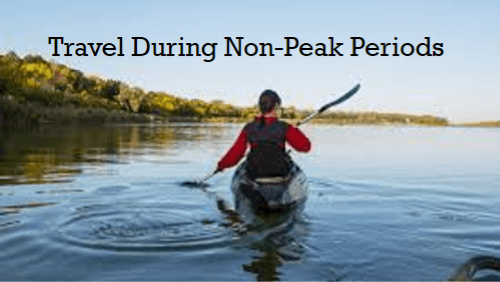
Choosing to travel during non-peak periods can also greatly alleviate the strain on local resources. Plus, it often means a more solitary and peaceful experience – one that lets you really connect with nature without the buzz of a crowd.
Careful Entry Into the Water
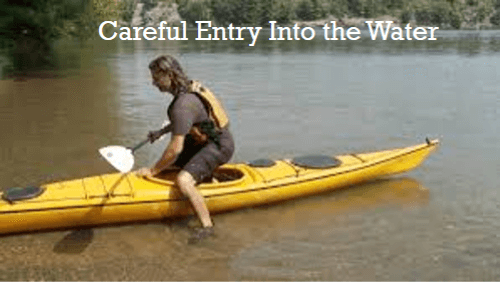
A careful entry into the water is as important as any other step. Stick to the tougher sections of riverbanks for your launch, and always carry your kayak. Dragging it might be easier but can scar the landscape, inflict soil erosion, and damage fragile ecosystems.
Respect Natural Habitats and Cultural Sites while Kayaking
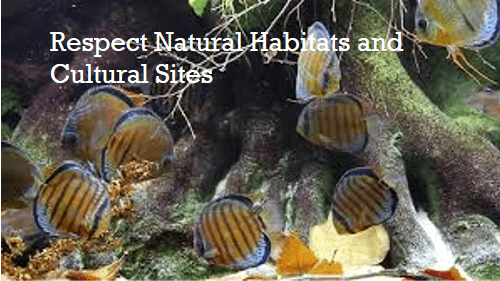
By respecting natural habitats and cultural sites, you contribute to their longevity. Whether it’s an ancient rock art site or a serene stretch of riverbank, these treasures are only here for us to enjoy if we make the right choices.
Following local guidelines and seeking permissions where necessary isn’t just law-abiding; it’s an act of respect for the legacy we have been entrusted with.
Navigating with Respect: Protecting Wildlife and Preserving Nature while Kayaking
If you want to embrace the true spirit of kayaking, it’s not just about the thrill of paddling through the waters, but also about the quiet commitment to protect the environment you’re moving through.
This isn’t just about being mindful of the moment; it’s also about ensuring that the natural setting remains unspoiled for future generations of kayakers and wildlife alike.
The ‘Soft Paddle’ Approach in Kayaking
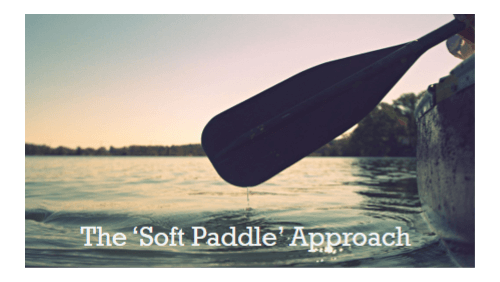
You’re going to find out about the crucial practice of the ‘soft paddle,’ which is all about making as small a splash as possible, both literally and metaphorically. Keeping a safe distance from the shoreline and vegetation is key.
Bird nesting sites and fish spawning grounds must remain undisturbed to maintain the ecosystem’s integrity. As a kayaker, skim the waters with reverence, especially in sensitive areas like mangroves, pivotal for young fish and other aquatic life.
Choosing the Path Less Taken in Kayaking
Choose something that resonates with you, and often, that will be the path less taken. Using established tracks and designated trails minimizes the environmental footprint left behind. Creating new tracks or cutting corners leads to vegetation damage and soil erosion, which can have long-lasting negative effects.
Kayaking Vehicle and Path Management

In terms of vehicle and path management, sticking to authorized tracks and cleaning vehicle tires are simple yet impactful actions. These steps help prevent path erosion and the spread of invasive species, which can wreak havoc on local ecosystems.
Moreover, during wet conditions, avoiding steep or erodible trails protects the land’s natural contours and minimizes damage.
Kayaking Cultural Significance and Landscape Preservation
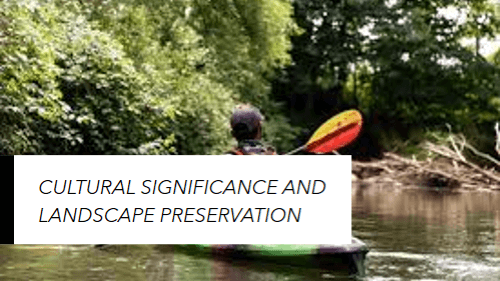
A core component of kayaking with respect is understanding the cultural significance of the landscapes we explore. Avoid scraping, touching, or trampling over historical and cultural sites. By preserving these remarkable places, you’re showing appreciation for the history and traditions embedded within the land.
The Responsibility of a Kayaker in Kayaking
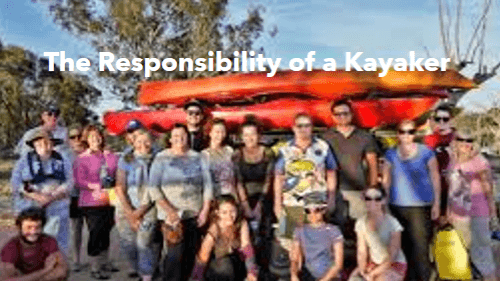
Such responsible practices underscore a broader ethos of respect and preservation. As a kayaker, you wield the paddle, but also the responsibility to protect. Before launching your kayak on your next excursion, remember that each stroke through the water traces a line of impact on the world beneath the surface.
Encouraging Stewardship and Sustainable Kayaking Practices
If you want to make sure your passion for kayaking is also a passion for preservation, you’re going to find out that it’s all about adopting stewardship and sustainable practices.
This isn’t just about reducing our footprint; it’s about ensuring that the waterways we cherish are there for future generations to enjoy as well.
Ripple Effects of Responsible Kayaking
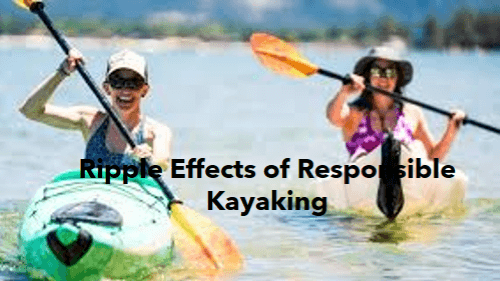
Respect for the environment and the powerful impact of minimizing our impact are two sides of the same coin. Remember, your choices from the moment you plan your trip to the point when you leave have the power to create ripple effects.
Limiting group sizes not only helps to reduce the collective impact on the environment but also enhances the experience for each kayaker, making it more intimate and memorable.
Silence is Golden in Nature’s Soundscape in Kayaking
Maintaining the natural soundscape is as much a responsibility as removing rubbish. When we paddle in silence, we’re not just preserving the tranquility of the ecosystem but also improving our chances to observe wildlife in its natural setting.
Consider this a practice in mindfulness, where less noise means more opportunities to connect with the environment.
A Journey of Continuous Improvement

Your first attempt at adopting these practices doesn’t need to be your last. You can always adjust your approach down the road as you learn and evolve as a kayaker. Embrace these guidelines with an open heart and mind, share them with others, and know that every little effort counts.
Kayaking with Conviction for Conservation

I really hope that you choose to navigate with these principles in mind. Let’s ensure that the thrill of kayaking coexists with a deep-seated commitment to protecting and preserving our natural waterways.
Employ minimal impact practices consistently, respect the rich tapestries of life that nestle in these aquatic worlds, and kayak with conviction—for the love of our planet’s precious blue arteries.
